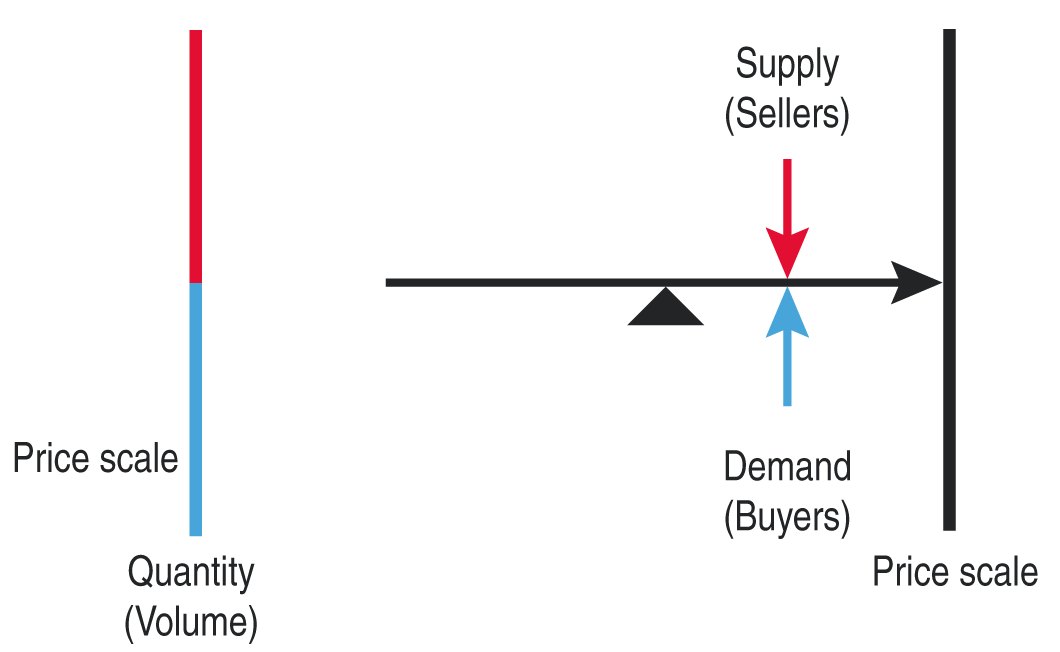
FIGURE 1: EQUILIBRIUM. The quantity demanded matches the quantity supplied. Buyers are willing to pay what sellers consider a satisfactory price.
SENTIMENT INDICATORS
The Power Of Crowds
The markets are powerful and propelled by emotions, often influenced by crowds. Get an edge by understanding how shifts in sentiment affect the supply/demand balance and ultimately price.
Does being in the markets make you a mobster? In 2002, the International Federation of Technical Analysts (IFTA) held one of its annual conferences in London. From all over the world, technical analysts had gathered in convivial company for the serious purpose of listening to colleagues read papers about new approaches and techniques and exciting variations to venerated practices.
The first speaker, David Fuller, a genuinely gifted and greatly respected analyst, strode to the rostrum to enlighten the assembly about the market. The first slide lit the screen as he read out his opening remark: “It’s just a mob!”
Most would never think of describing the market in such a way. But it is an illuminating insight. The market is a crowd, a phenomenon, or, more straightforwardly, an entity in its own right that amounts to more than the sum of its parts. It is powerful and propelled by emotion. As Gustave Le Bon aptly put it in 1895, “A crowd is a psychological phenomenon, not a physical one.”
A SENTIMENTAL JOURNEY
The crowd’s psychological impact is on the subconscious of its members. It has the dominating emotional effect that supplants the understanding of its individual constituents. Deindividuation is the ugly term that is given to the idea that personal cognitive assessment is swamped by the emotional tsunami that is the crowd. Tony Plummer expressed this clearly: “A crowd has an effective mind of its own; each individual’s behavior is altered by membership of a crowd.”

FIGURE 1: EQUILIBRIUM. The quantity demanded matches the quantity supplied. Buyers are willing to pay what sellers consider a satisfactory price.